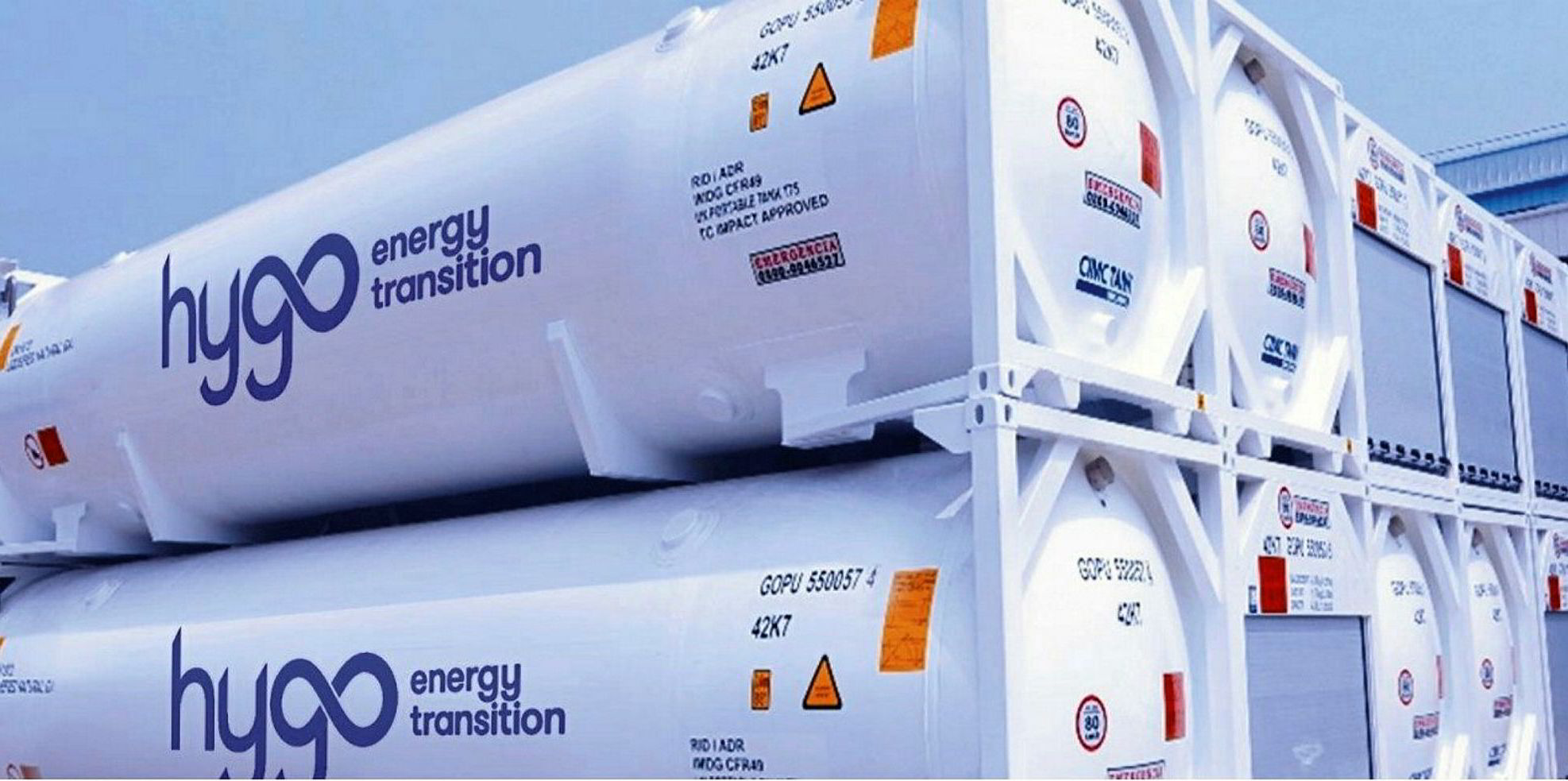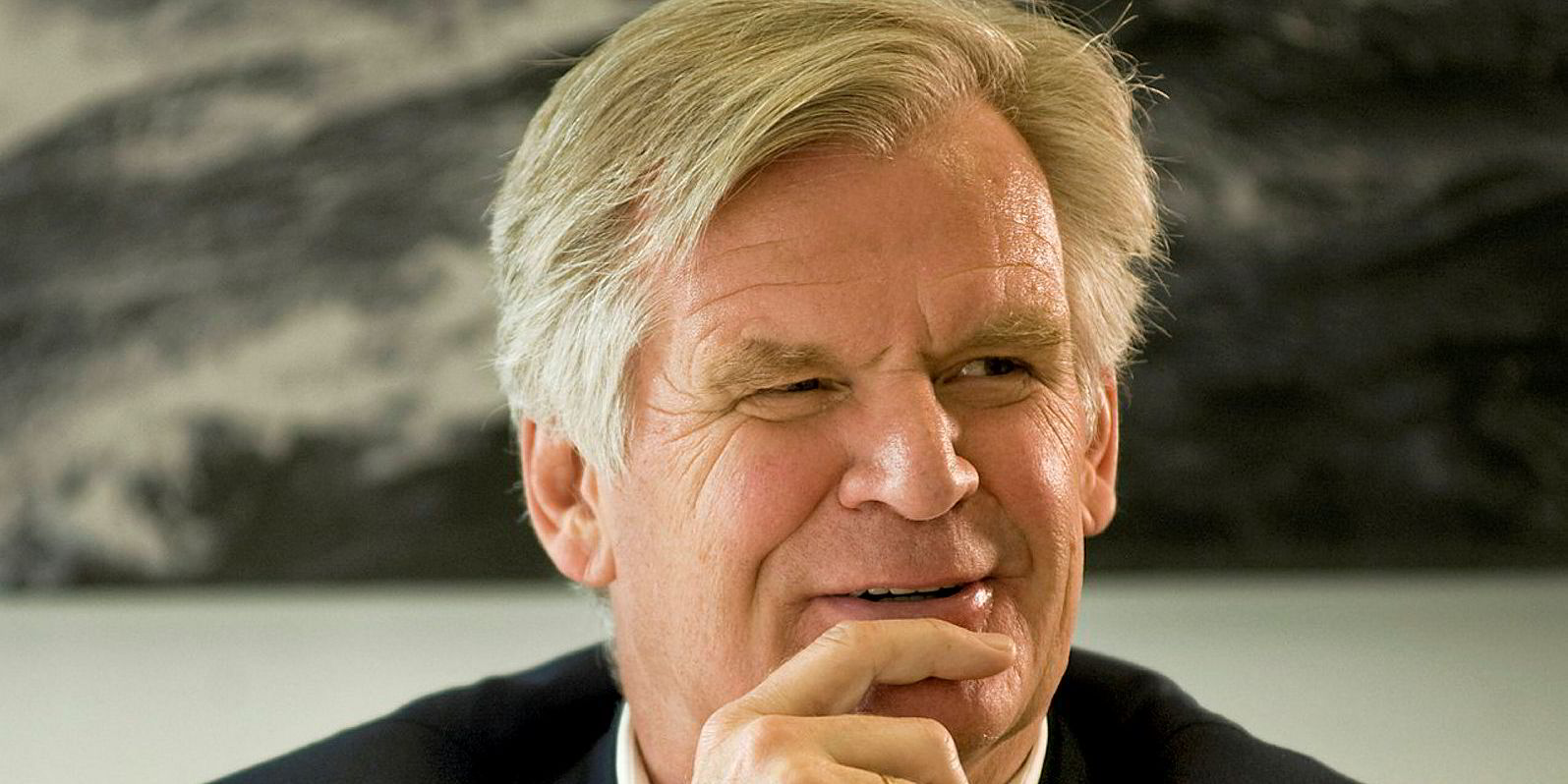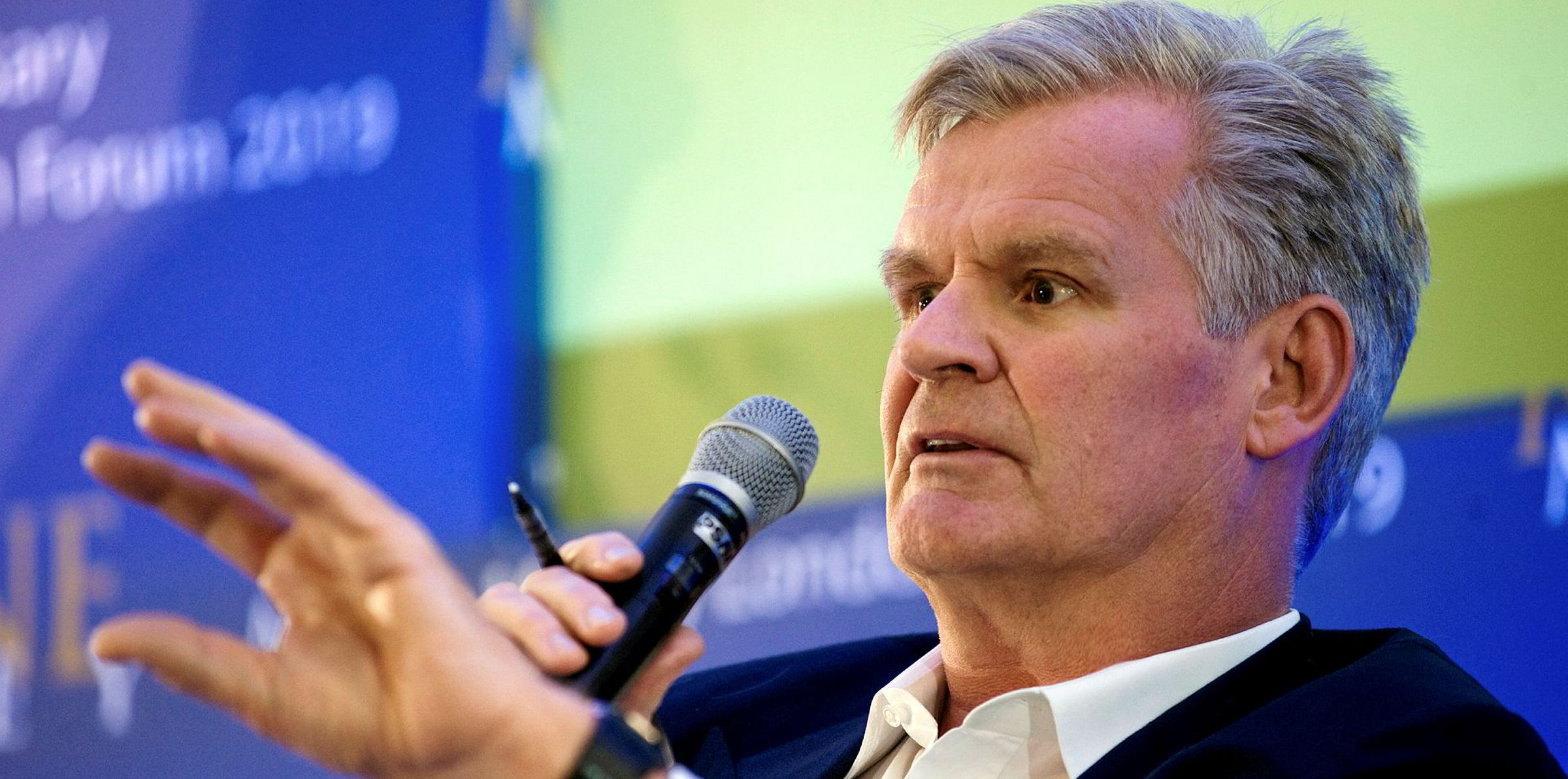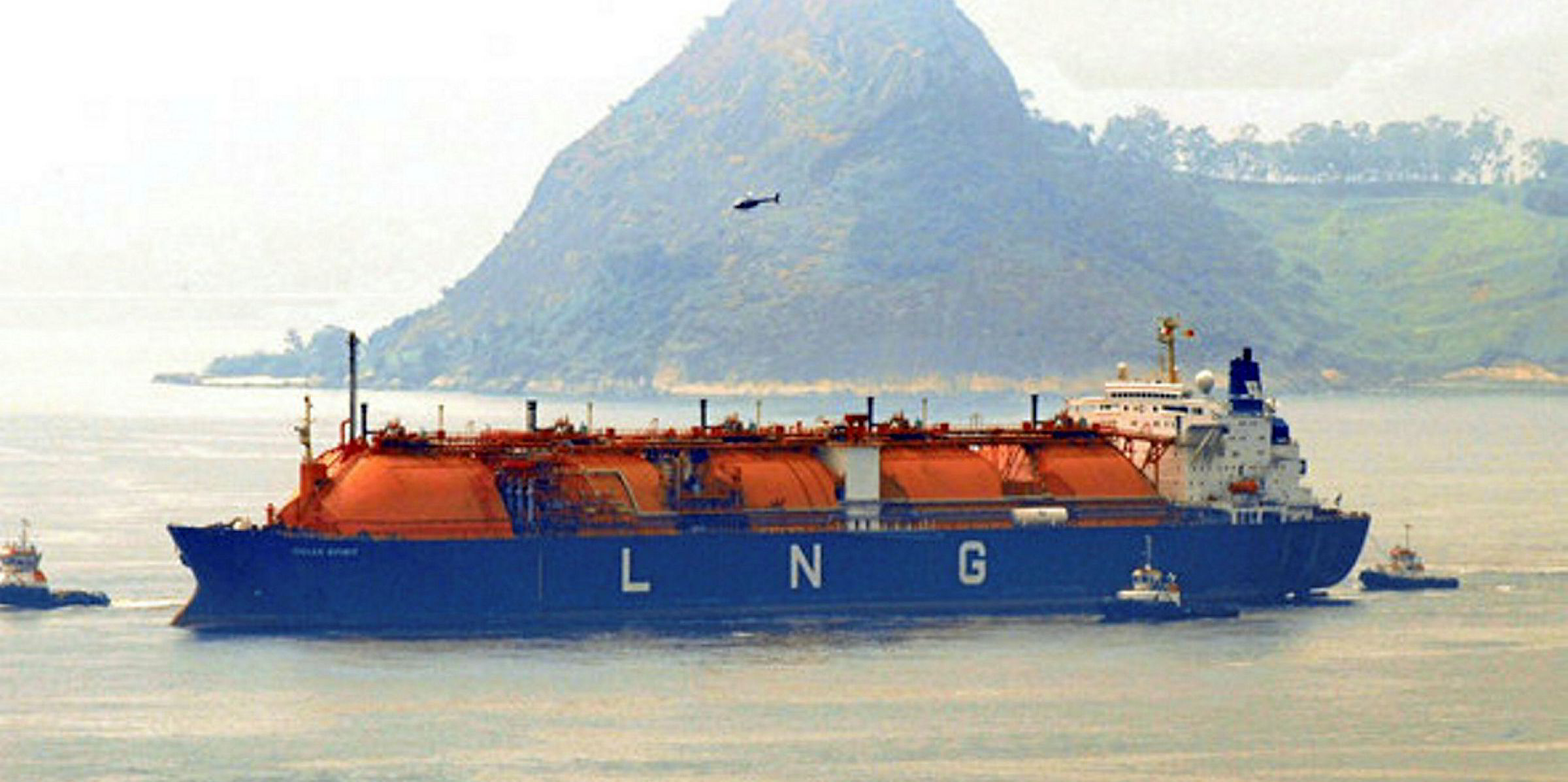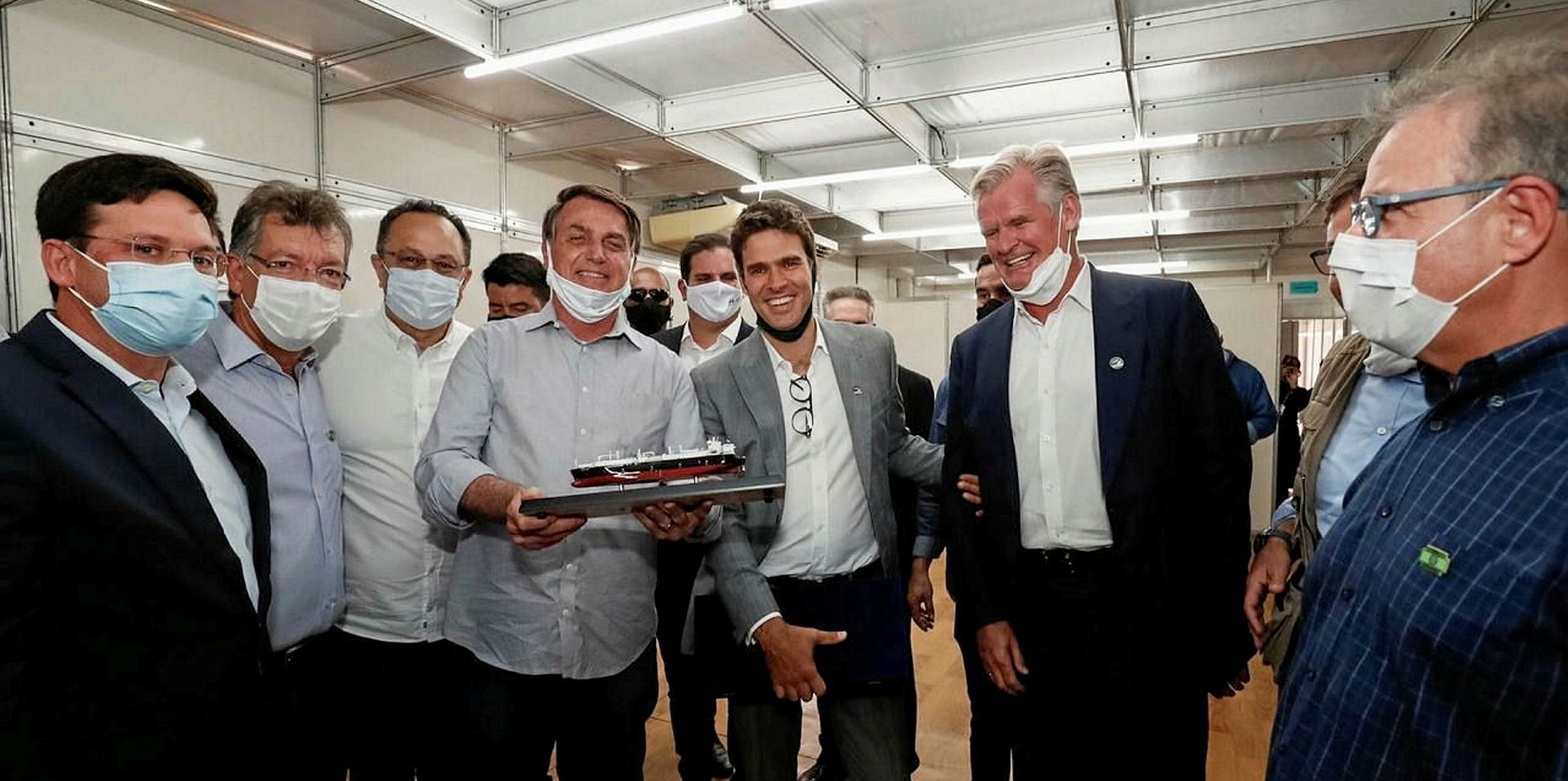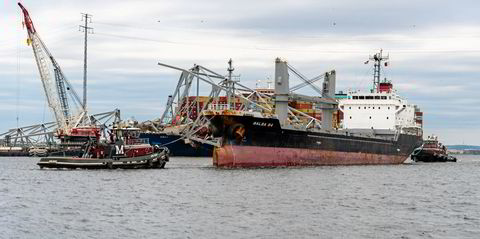Newly-named Hygo Energy Transition has unveiled the details of 17 LNG terminal projects it is considering developing worldwide as the company files for a US-listing.
In its preliminary prospectus for its initial public offering the former Golar Power, a joint venture of Golar LNG and Stonepeak Investment Partners, listed developments in Brazil, the Ivory Coast, Mexico and Vietnam among the planned LNG import terminals it is working on.
The company wants to use its floating storage and regasification unit-based “hub and spoke” LNG infrastructure model to bring these to market.
Hygo detailed one $250m power plant-backed terminal project in West Africa for a planned 2021 to 2022 start-up as awaiting a final investment decision (FID).
Three others in Latin America, two in West Africa, one in southeast Asia and another in south Asia are recorded as being in the feasibility or front-end engineering and design phase.
A further nine in similar regions, plus one in Europe and another in South Africa, are recorded under the heading of 'early stage development.'
Capital expenditure on each ranged from $125m up to $325m.
Global platform
Hygo said it plans to use the proceeds from its IPO to fund spending on its growth and to redeem all of the preference shares held by Stonepeak.
Corporate home: Bermuda
Chief executive: Eduardo Antonello
Chief financial offier: Eduardo Maranhao
Directors: Tor Olav Troim, Luke Taylor, Jeffry Myers, Georgina Sousa
Vessels: FSRU Golar Nanook and LNG carriers Golar Celsius and Golar Penguin
Planned listing: US Nasdaq
Preliminary prospectus filed: 31 August 2020
The company said it is focusing on markets where there is growing demand for electricity, a lack of LNG infrastructure and local support for natural gas.
“We believe our model of “hub and spoke” LNG infrastructure, anchored by our terminals in Brazil, is a model that is highly replicable to create a global platform,” the company stated.
In Brazil Hygo is developing eight LNG and natural gas hubs as it pursues downstream customers.
These comprise its existing Sergipe FSRU facility and planned terminals in Barcarena, Santa Catarina and Suape alongside small-scale receiving terminals in Sao Paulo, Rio de Janeiro, Itaqui and Pecem.
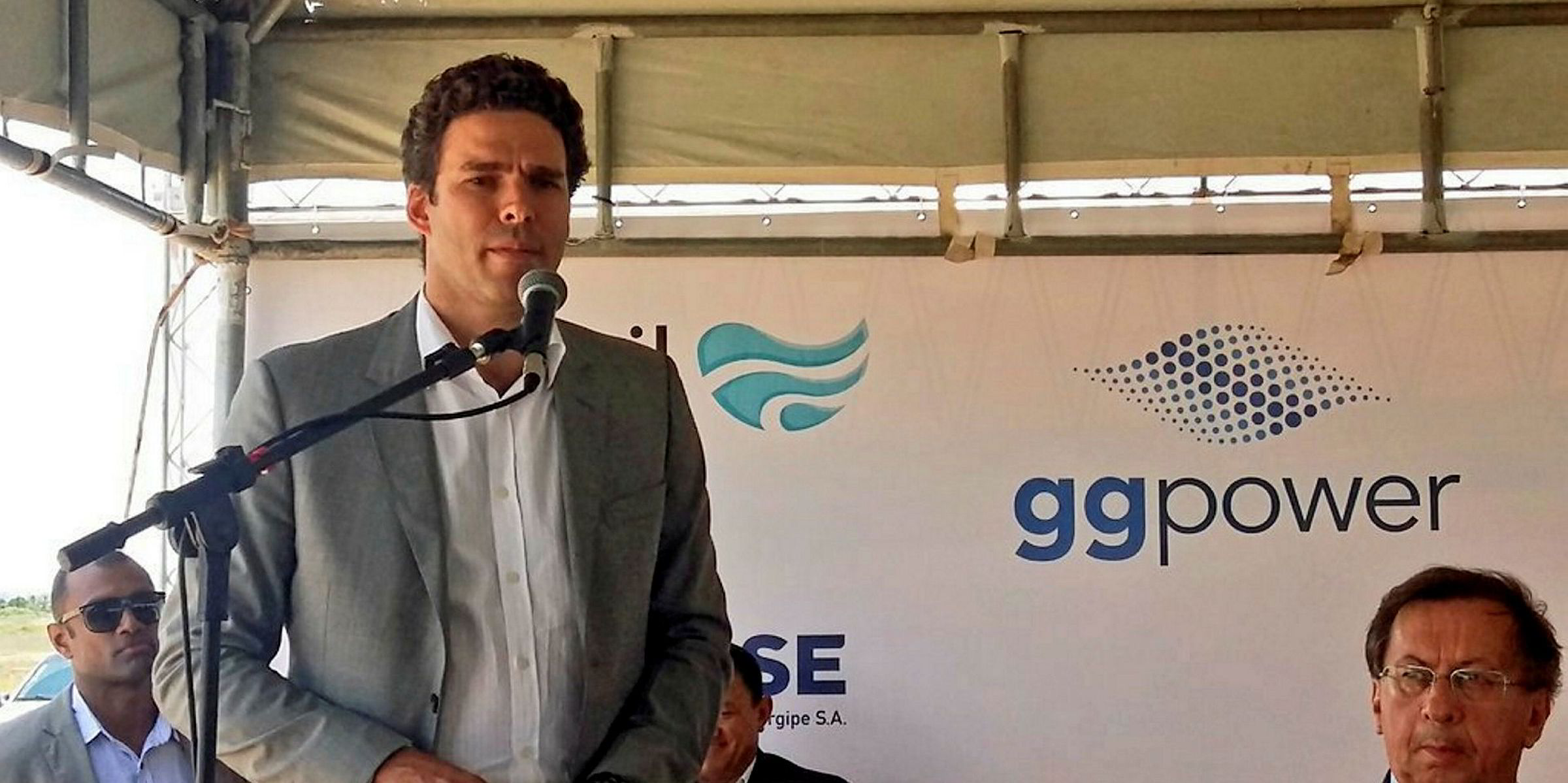
The company has an agreement with Brazilian fuel distributor Petrobras Distribuidora and a three-year bareboat charter agreement on one of Avenir LNG’s 7,500-cbm LNG newbuildings which delivers in the first half of next year to advance its distribution plans.
Hygo has 100% control of three LNG vessels.
The company said it also has the opportunity to access Golar LNG’s FSRUs.
Hygo’s lone FSRU, the 170,000-cbm Golar Nanook (built 2017), is used to supply the huge new 1.5GW Sergipe power plant. The facility, which is located near Aracaju on the northeast coast of Brazil, started up in March.
Golar Nanook generates approximately $44 million per year in bareboat charter earnings with expected net revenues of $1.1bn over its 25-year term.
Conversions
In addition, Hygo has two operating LNG carriers, the 160,00-cbm Golar Celsius (built 2013) and Golar Penguin (built 2014), which it expects to convert into FSRUs.
Hygo said it has invested $30m in the anticipated $85m conversion of either of these ships for its Barcarena Terminal. It plans to take FID on this facility before the end of this year with a view to bringing it into service in second half 2021.
It also revealed it may also make an agreement or buy Golar LNG’s FSRU, the 170,000-cbm Golar Tundra (built 2015) for this project if required.
In the first half of next year Hygo plans to sanction its Santa Catarina Terminal on the southern coast of Brazil which will supply LNG to the 600MW Norte Catarinense power plant.
In addition, Hygo is developing an LNG import terminal in the Port of Suape in Pernambuco state in northeast Brazil using an LNG carrier as a floating storage unit. This is due to be sanctioned this year and be in operation in second half 2022.
“We expect to continue the conversion and deployment of FSRUs for utilisation as LNG storage, transshipment and regasification terminals as our business continues to grow,” Hygo said.
The company is also looking at buying LNG to develop trading activities, the supply and use of LNG trucks and the production of bio-LNG.
